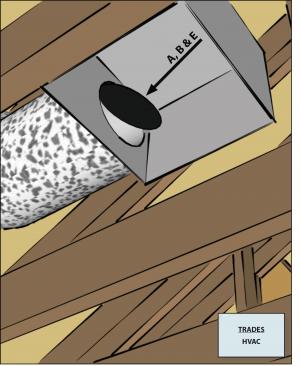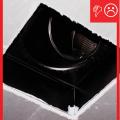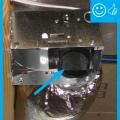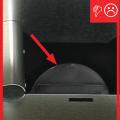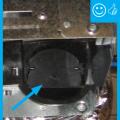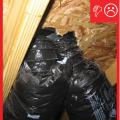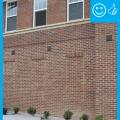Scope
Install separate ducts for exhaust fans for each dwelling unit in multifamily buildings.
- Install separate exhaust ducts for separate units.
If fans from separate dwellings do share a common exhaust duct, one of the following must apply:
- The fans must run continuously, OR
- Each outlet must have a back-draft damper to prevent cross-contamination when the fan is not running.
See the Compliance Tab for links to related codes and standards and voluntary federal energy-efficiency program requirements.
Description
Exhaust fans should always be ducted to a location outside the home (See Kitchen Exhaust Fans and Bathroom Exhaust Fans). Ideally, each exhaust fan should have its own individual duct to the outside and each unit should have its own ducting to prevent cross contamination. However, in multi-unit dwellings, such as condominiums or townhouses, builders sometimes prefer to connect the exhaust fans to a common exhaust duct, for reasons of layout or a wish to minimize penetrations through the roof (See Back-Draft Dampers at Shared Common Exhaust Duct). ENERGY STAR permits multiple units to share a common exhaust duct if each fan has a back-draft damper to prevent cross-contamination when the fan is not running or if all fans connected to the common exhaust duct are set to run continuously.
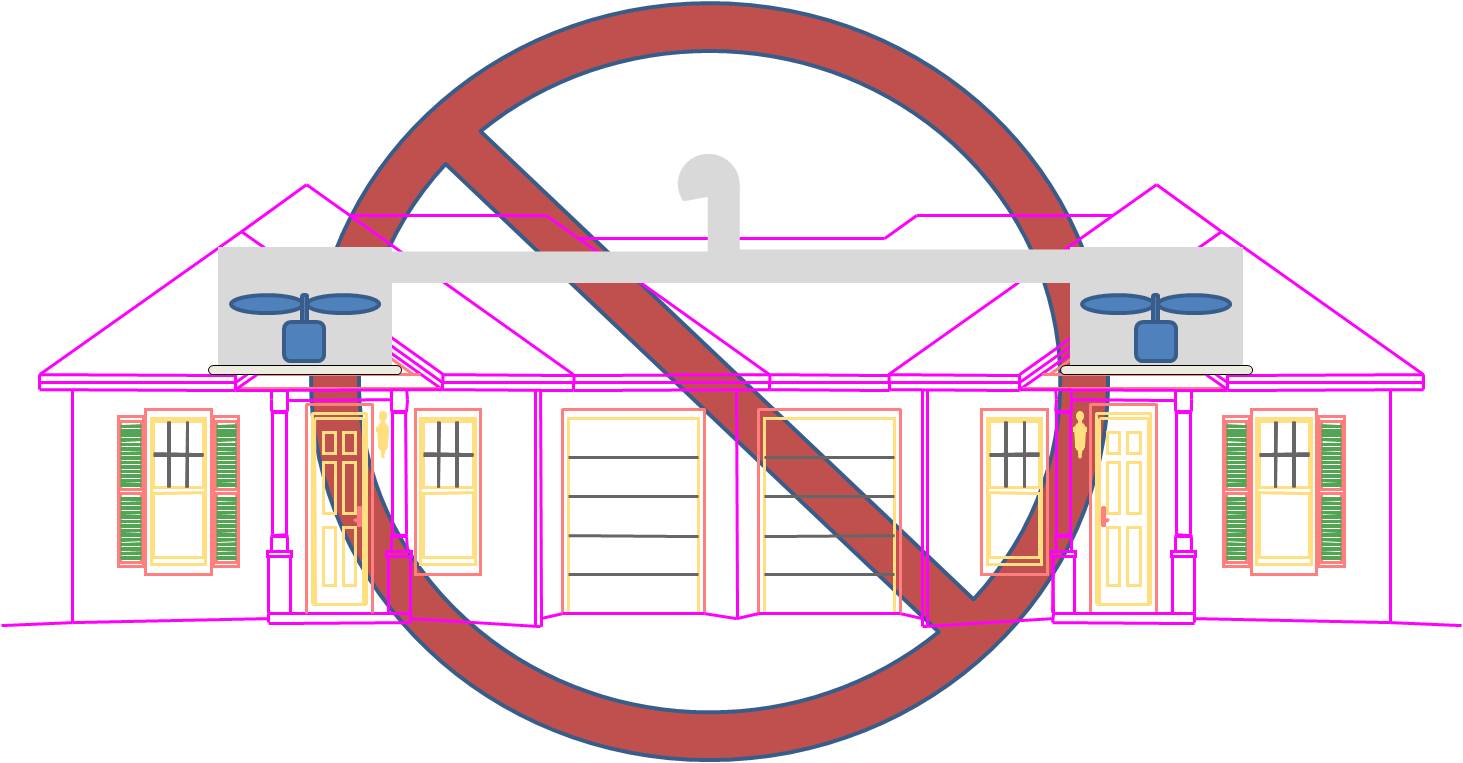
How to Install Back-Draft Dampers in Exhaust Fans to Make a Shared Duct Possible
Install back-draft dampers where the exhaust duct meets the exhaust fan in each unit. The dampers should open when the fan is actively exhausting and should shut when the fan is off. When the exhaust fan is operating, the back-draft damper is pushed open by airflow to allow air to exit through the exhaust duct.

Figure 2. Exhaust fans in separate dwelling units can share a common exhaust if each exhaust fan is equipped with a back-draft damper to prevent cross contamination. Remember to remove any packing tape used to hold the dampers closed during shipping.
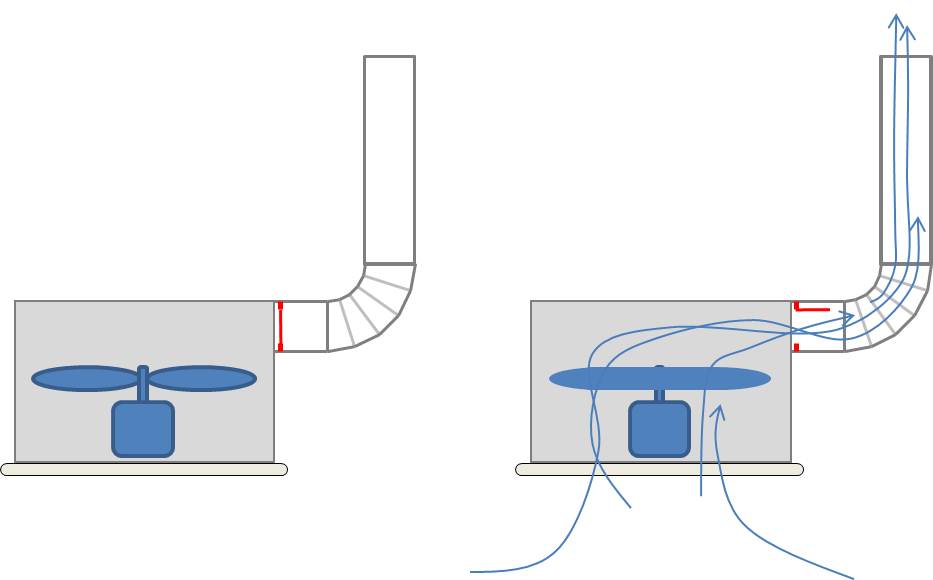
Figure 3. The back-draft damper is open when the fan is actively exhausting and closes when the fan is off.
Success
In multi-unit dwellings, such as condominiums or townhouses, the HERS rater will inspect the ventilation system exhaust ducts to ensure that one of the following is true: 1) each unit has its own exhaust duct that is individually ducted to the outside, or 2) if the units share a common exhaust duct, all of the fans are set to run continuously, or 3) each fan outlet has a back-draft damper to prevent cross-contamination when the fan is not running.
Climate
No climate specific information applies.
Training
Compliance
Compliance
More
More Info.
Access to some references may require purchase from the publisher. While we continually update our database, links may have changed since posting. Please contact our webmaster if you find broken links.
The following authors and organizations contributed to the content in this Guide.
